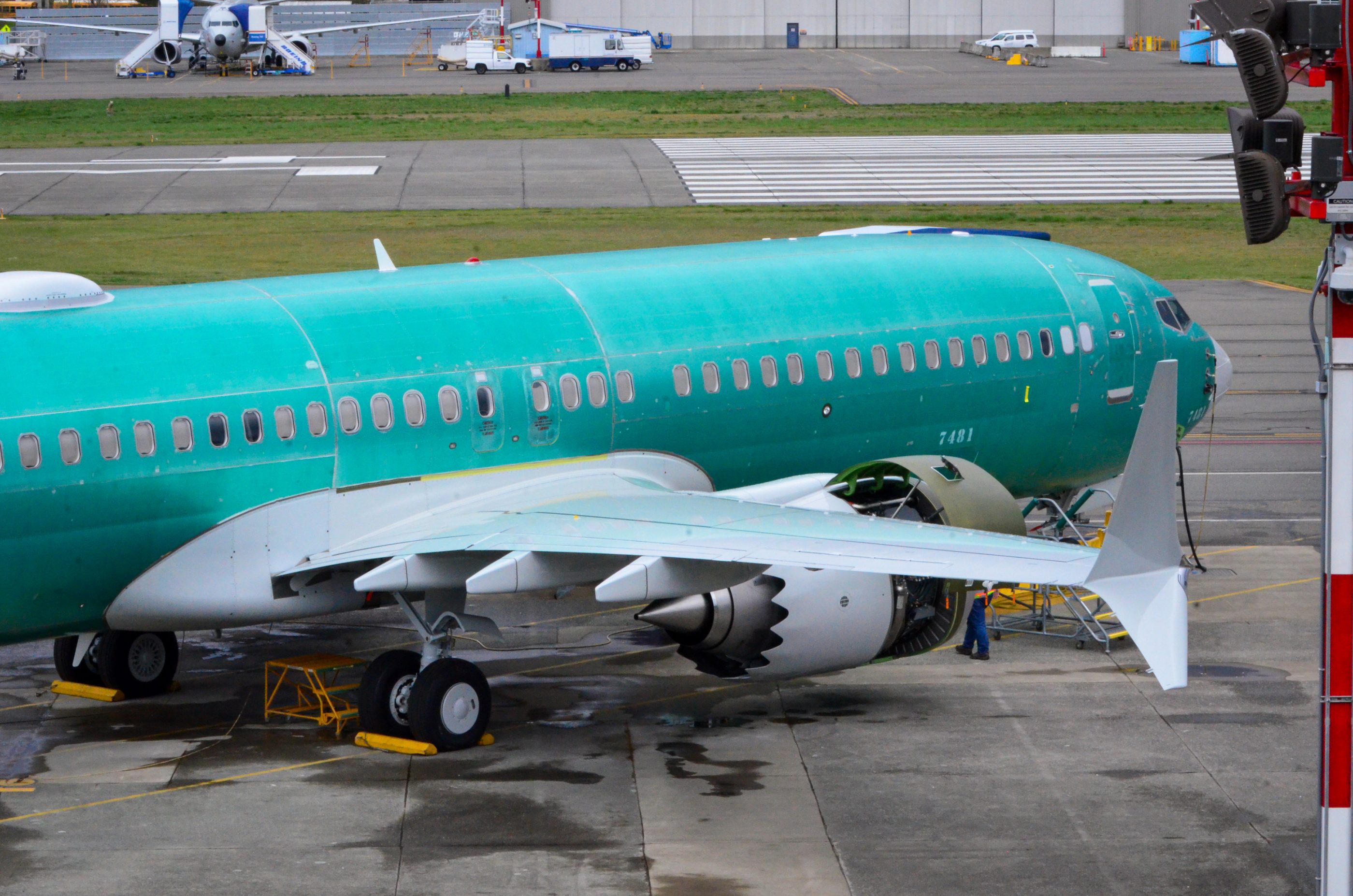It’s also worth noting since a lot of people probably don’t know, but technicians in an airplane factory aren’t necessarily A&Ps. You can be Joe Schmo off the street a lot of places and you get a week long course on how to drill holes and install fasteners and they kick you onto the line to learn on the job (varies with the company and I might be exaggerating but it depends).
Airplanes are still built safely because unlike A&P MX where mechanics are largely unsupervised and need to be very self-motivated, everything on an assembly line is scripted through manufacturing planning paperwork (now digital). Every cost center or job has a series of tasks in chronological order that have been “planned” out by a Manufacturing Engineer whose job is to interpret the design drawings and write a custom set of instructions for that operation. The tech then does their work with the planning paperwork (the script) at the ready, and they used to have to carry individually assigned numbered stamps and physically stamp each step, certifying that they had done the work. Most places now have this on a computer but the same principle applies. Certain key junctures in the build would include Quality Control inspections / buy offs, especially when an area is about to become closed out or non-inspectable in the future - checking those cotter pins in the door plug before re-installing the interior wall is a classic example where this should be done.
There’s an entirely separate process used for identifying, dispositioning and repairing manufacturing mistakes. I’m sure a lot of you guys haven’t thought about this but every airplane you’ve ever flown contains hundreds if not thousands of manufacturing defects, and companies are under cost and schedule pressure to avoid scrapping and replacing parts if they can be structurally repaired back to full strength safely. So there’s an entire team of quality, liaison engineers, design engineers and analysts that review identified manufacturing defects, determine whether the part can be salvaged or must be replaced, come up with a custom fix and analyze to make sure sufficient strength margins are left over. This can be as simple as drilling one size bigger hole and installing one size larger fastener, or as crazy as cutting out damaged sections and designing and fabricating custom doublers and repair patches that span the gap. In either case custom manufacturing planning paperwork is generated that tracks the mistake, the disposition, the repair and final buy off inspections.
So the key takeaway from this incident is not that they were on two systems, but that they were using a second system as a workaround of the first - and that middle management had created a safety culture that normalized going “off-script” and violating their own processes, and working around the guard rails (like quality inspections and the manufacturing defect disposition process) that the original system specifically had in place to prevent things like this from happening. If news comment guy is to be believed - Manipulating the verbiage to “Opening” the door instead of “Removing” the door (when they are physically one and the same) was a case of working around that system. Drilling out and replacing the rivets on the second system instead of the first was a separate violation of the manufacturing defect process above.
Both are totally unacceptable and have huge programmatic ramifications. The airplane is certified based on specific processes, so you start violating those processes in a non-quantifiable way and those ramifications could be up to and including calling airworthiness of the entire airplane into question, and everyone in that chain of command deserves to be held accountable.


